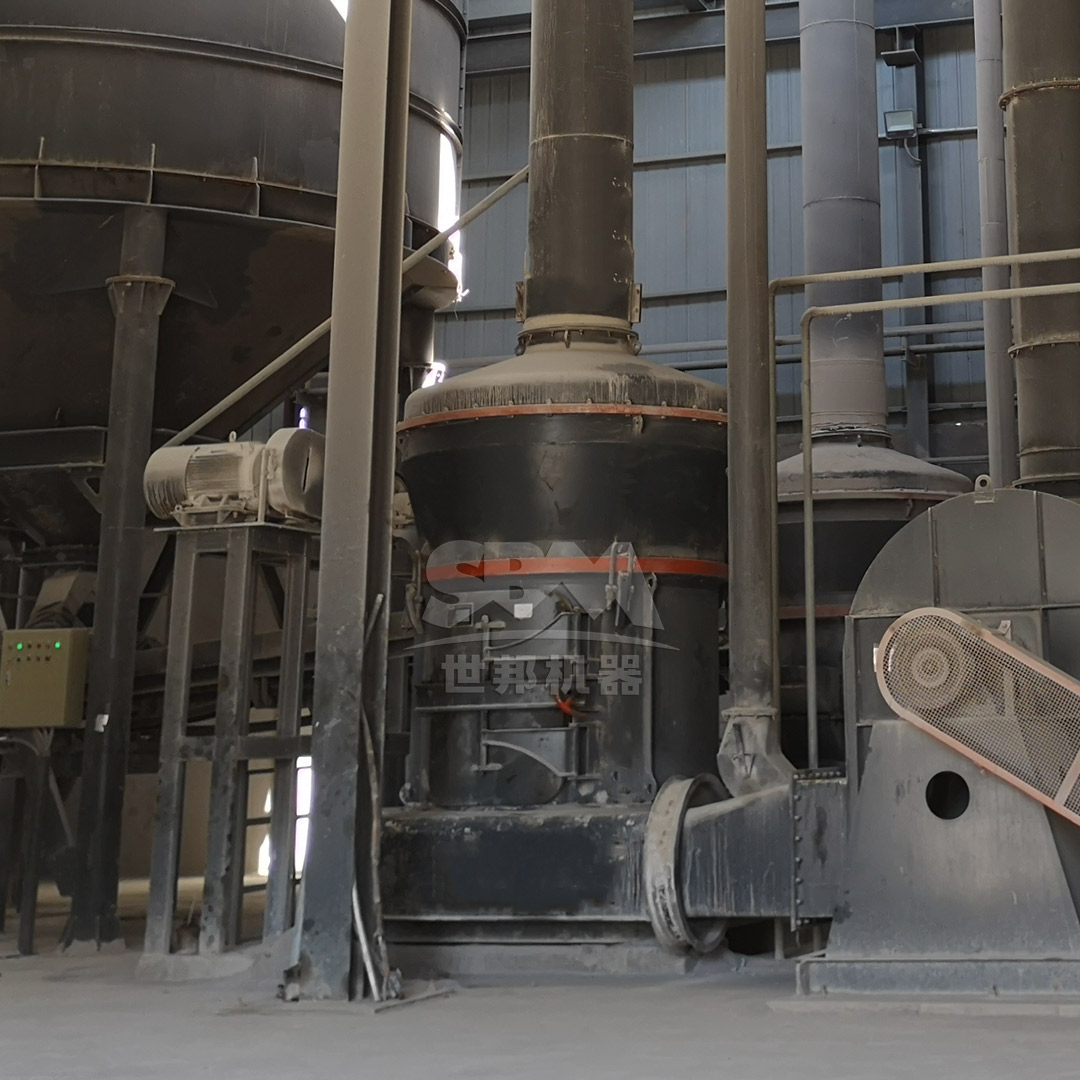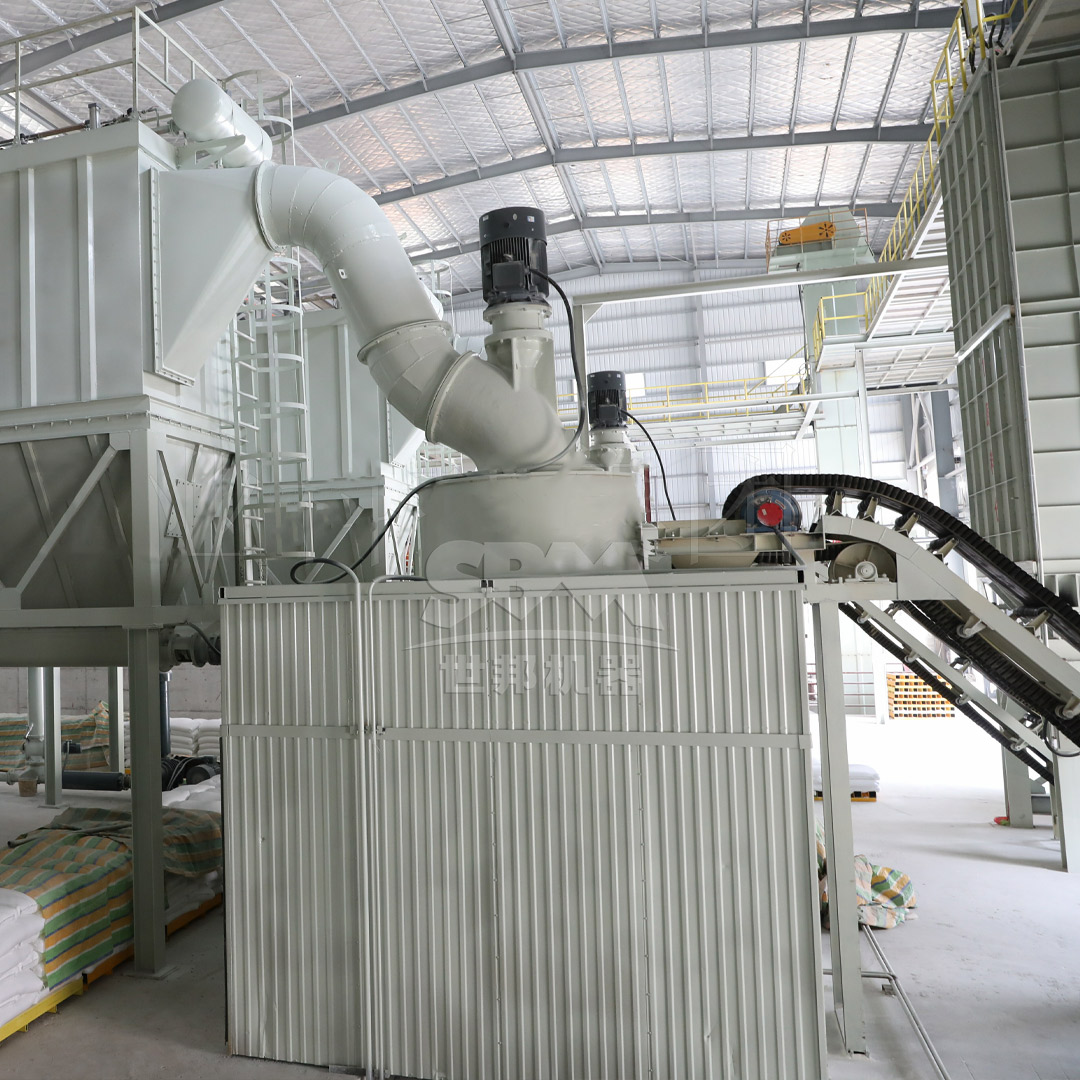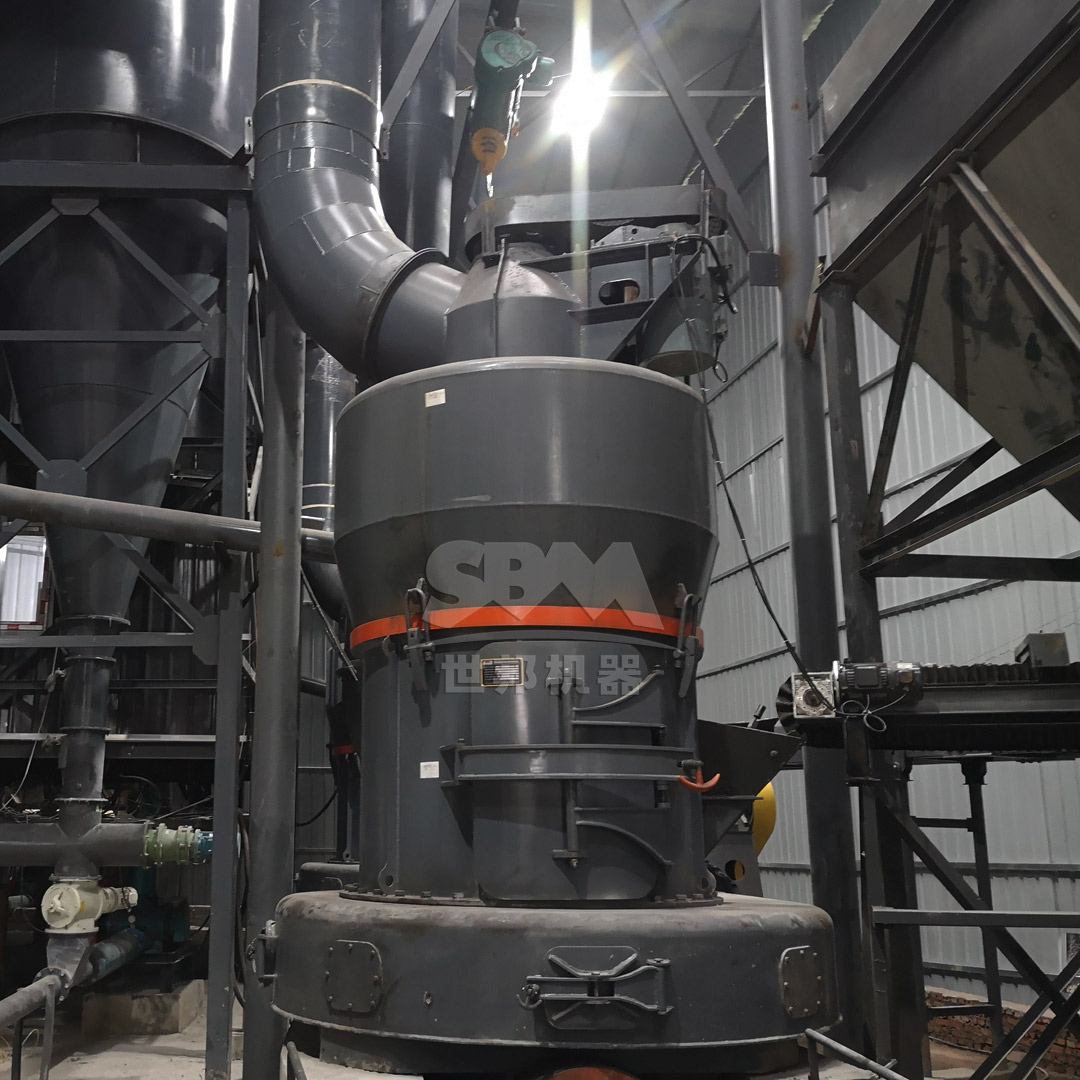The grinding of calcium carbonate (CaCO3) is a critical process in numerous industries, including plastics, paints, coatings, paper, and construction. Achieving the desired fineness, particle size distribution, and production efficiency is paramount for product quality and operational economics. While various milling technologies exist, the vertical roller mill (VRM) has emerged as the superior solution for high-tonnage, high-efficiency calcium carbonate production, offering unparalleled advantages in energy consumption, particle control, and system integration.
This article delves into the technical specifics of vertical mill technology, highlighting its application in calcium carbonate grinding and showcasing advanced solutions that define modern industrial processing standards.
Calcium carbonate exists in various forms (GCC and PCC) and requires precise milling to achieve specific properties. Key challenges in its processing include:
Traditional technologies like ball mills or Raymond mills often struggle to meet all these demands simultaneously, particularly the combination of high capacity and ultra-fine output.
Vertical roller mills are specifically designed to address the limitations of older grinding systems. Their core working principle involves a bed of material being compressed between a rotating grinding table and two or more grinding rollers. This method is inherently more efficient than the impact-and-attrition-based grinding of ball mills.

For producers targeting the high-value ultra-fine calcium carbonate market (D97 ≤ 5μm), conventional vertical mills may reach their limits. This is where specialized ultra-fine grinding technology comes into play.
Our SCM Series Ultrafine Mill is engineered to excel in this demanding arena. It represents a pinnacle of grinding technology, combining the bed-compaction principle of a vertical mill with advanced classification systems to achieve fineness levels previously only attainable with inefficient jet mills.
| Model | Output (t/h) | Main Motor Power (kW) | Input Size (mm) | Output Fineness (mesh) |
|---|---|---|---|---|
| SCM800 | 0.5-4.5 | 75 | ≤20 | 325-2500 |
| SCM900 | 0.8-6.5 | 90 | ≤20 | 325-2500 |
| SCM1000 | 1.0-8.5 | 132 | ≤20 | 325-2500 |
| SCM1250 | 2.5-14 | 185 | ≤20 | 325-2500 |
| SCM1680 | 5.0-25 | 315 | ≤20 | 325-2500 |
The SCM Mill operates by driving multiple grinding rings to rotate via the main motor. Material is dispersed into the grinding path by centrifugal force, undergoes layered grinding and compression, and is finally collected by a cyclone and pulse dust removal system.

For high-capacity production of coarser calcium carbonate powders (30-325 mesh), a robust and reliable solution is required. Our MTW Series Trapezium Mill is a next-generation grinding machine that incorporates European advanced technology and the insights of numerous industrial mill experts.
| Model | Output (t/h) | Main Motor Power (kW) | Input Size (mm) | Output Fineness (mesh) |
|---|---|---|---|---|
| MTW138Z | 6-17 | 90 | <35 | 10-325 |
| MTW175G | 9.5-25 | 160 | <40 | 10-325 |
| MTW215G | 15-45 | 280 | <50 | 10-325 |
This mill works by having the main motor drive the grinding roller to revolve around the central shaft while rotating itself. The shovel sends material between the ring and roller for efficient crushing via extrusion, with the grading system precisely controlling the final particle size.
The vertical roller mill has indisputably become the technology of choice for modern calcium carbonate grinding plants. Its ability to deliver high efficiency, precise particle control, and remarkable operational savings makes it an indispensable asset. For ultra-fine applications, the SCM Ultrafine Mill offers an unbeatable solution, pushing the boundaries of fineness and energy efficiency. For high-volume production of slightly coarser grades, the MTW Series Trapezium Mill provides unparalleled reliability and cost-effectiveness.
Investing in the right vertical mill technology is not merely an equipment purchase; it is a strategic decision to enhance product quality, reduce environmental impact, and secure a competitive advantage in the dynamic calcium carbonate market.
